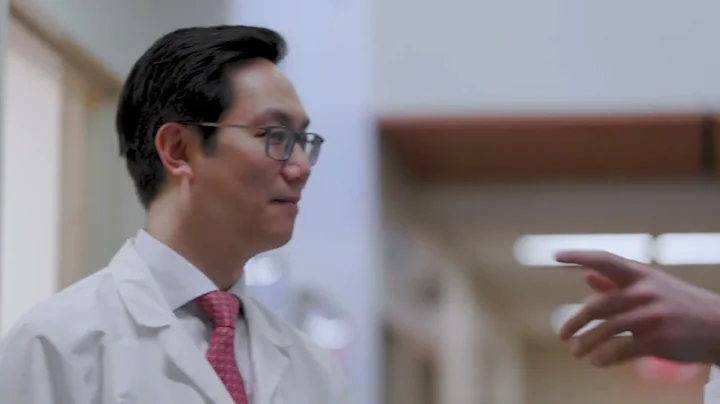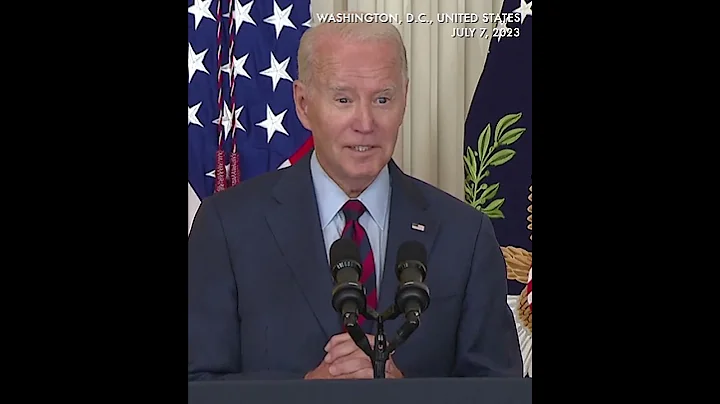Hello everyone, I am Cuckoo’s mother~
I turned on my phone and randomly searched for “myopia”, and all kinds of topics came to my mind, which was shocking. For example, a 2-year-old baby's myopia is 900 degrees; a 5-year-old child's myopia is 1000 degrees; a 3-year-old girl's myopia is 1400 degrees...
The ages are getting smaller and the myopia is getting bigger.

The National Health Commission has released a data: my country's myopia rate exceeds 90% of college students, 81% of high school students, and 53.6% of children and adolescents. Moreover, the age of onset of myopia is advanced to 3-7 years old.
What is this concept? In other words, even among primary and secondary school students and even children, one in every two of them is myopic. By the time they finish college and come out, there are very few people who are not myopic.
is really worrying!
Why are children today so prone to myopia? Are mobile phones and TV really the most harmful things to children’s eyesight?

1: The answer Many parents don’t know
Before understanding why children become myopic, we need to understand one word first - hyperopia reserve.
What is the hyperopic reserve?
Liu Guohua, an ophthalmologist at the Children's Hospital of Shandong University, once said that when a baby is born, the eyeball is smaller than that of an adult, and the axial length of the eye is also shorter than that of an adult. So when children are born, they are actually in a state of "far-sightedness."
Because the axial length of our normal vision is 24mm, the object falls exactly on the retina for imaging, neither forward nor backward.
However, the baby's eye axis is only 16mm, and objects will be imaged behind the retina, causing the child to develop physiological hyperopia. This part of the hyperopic degree is the hyperopic reserve.

As the child's eyes continue to develop, the axial length of the eye gradually increases, and the hyperopic reserve will gradually decrease accordingly.
html A child aged 4-5 years old has a hyperopia reserve of 200-250 degrees; a child aged 6-7 years old has a hyperopia reserve of 175-200 degrees; an 8-year-old child has a hyperopic reserve of 150 degrees; a 10-year-old child has a hyperopic reserve of 100 degrees; and a 12-year-old child has a hyperopic reserve of 50 degrees.At the age of 15-16, the child's eyes mature, the eye axis stops elongating, and the hyperopic reserve is zero.
We can understand it this way: the farsightedness reserve is a precious asset prepared by nature for children. Every time he grows older, he can take away a little of the farsightedness reserve until the end of adolescence.
But if for various reasons, the child is too anxious to get it and consumes his farsighted reserve in advance, then he will naturally become myopic.
Therefore, myopia in children seems to be caused by mobile TV, but in the final analysis, it is still due to inappropriate behavioral habits that consume the hyperopia reserve early, causing the axial length of the eye to continue to grow, thus forming myopia.

2: What are the invisible “killers”?
Harmful blue light in mobile TVs can damage retinal cells, thereby affecting vision. Children who watch too much are indeed prone to myopia.
In addition, if children have the following bad behaviors, they will still be prone to myopia even if they do not watch electronic products.
●Incorrect use of eyes
Some parents will say, my children don’t watch mobile TV very much, so why are they myopic?
This may be due to the child's poor eye habits when reading and studying. For example, reading for a long time without taking a break, being too close to the book, etc. Eyes that are tired and dry for a long time are prone to myopia.

● Lighting
The University of Pennsylvania once conducted a survey. They tracked 479 children aged 0-16 and found that children who turn on a night light when sleeping at night are more likely to be short-sighted.
For example, for a 2-year-old child who sleeps without any lights at night, the proportion of myopia is only 10%; if he is used to turning on a night light at night, the proportion rises to 34%; if he turns on the headlights directly, the proportion of myopia will be as high as 55%.
The book "Why We Sleep" also points out that even the weakest bedside lamp can affect our suprachiasmatic nucleus and inhibit the secretion of melatonin.
Lighting can trick our brains, irritate our eyes, and affect biological rhythms. If a child likes to turn on a night light when sleeping, the probability of myopia will be higher.

● Staying at home for a long time, the eye muscles cannot be exercised
Today’s children have very little time for outdoor activities. Due to factors such as their parents' lack of time and their partners living far away, they tend to stay home even during holidays.
Unlike us before, we would hang out with our friends as soon as school was over, looking at flowers, trees, and distant places, so our eyes could be fully relaxed.
Children who stay home more often have fewer opportunities to be exposed to sunlight. Natural light can promote the secretion of dopamine in the retina and inhibit the growth of the axial length of the eye.
In addition, outdoor sports can exercise children's eye muscles, so that the eyes can be adjusted and relaxed.
Therefore, children who stay at home more often have a greater risk of myopia.

3: How to protect eyesight?
If we want to protect children's eyesight, we must cultivate children's eye habits from an early age and help them protect a bright and clear world.
① No matter how busy you are, take your children out for a walk
Studies have found that if children spend 3 hours outdoors a day, the myopia rate is only 0.8%; if they spend 1 hour a day, the myopia rate is 3%; if they spend half an hour a day, the myopia rate is 24%. If you spend 2 hours outdoors every day, your myopia rate can be reduced by 20% to 50%.
Therefore, while we pay attention to our children's studies, we must also pay attention to their eye health. We take our children for a certain amount of outdoor exercise every day, so that they can be exposed to natural light, exercise their eye muscles, and relax their eyes.
During recess, children should try to get out of the classroom and get in touch with natural light. They should engage in outdoor activities for more than 2 hours a day and at least 10 hours a week. Only by combining work and rest can children relieve fatigue and protect their eyesight.

②Use your eyes correctly
htmlChildren under 23 years old are best not to watch mobile TV. 3-5 years old, do not look at electronic products for more than 1 hour a day.
In addition, children should also pay attention to using their eyes correctly when reading picture books, reading books, and drawing. There is a rule for protecting eyesight called "20-20-20".
means that every 20 minutes of using the eyes, the child should stop and take a rest. Look 20 feet away for at least 20 seconds.

Younger children have no concept of time and do not have enough self-control. This requires us as parents to help our children pay attention and check.
Regardless of whether the child is watching TV or reading picture books, every 20 minutes or so, ask the child to get up and move around, look into the distance more, roll the eyes up, down, left, and right to relax the eye muscles.
Only by cultivating good eye habits from an early age can children protect their eyesight and benefit from it throughout their lives.

③ Correct reading posture
When children go to school, we need to teach them correct reading posture. There is a principle of "1-1-1, no head tilt" in , which parents can understand.
1-1-1 means "one punch, one foot, one inch". The distance between the body and the desk is about one punch; the distance between the eyes and the textbook is about one foot (about 33cm); when holding the pen, the distance between the fingers is about one inch (about 3.3cm).
If you achieve these 3 1's, children will not habitually lie on the table with their eyes too close to the textbook.

In addition, when doing homework, do not tilt your head to avoid causing monocular myopia. Stop and take a break every 40 minutes or so while reading and writing to relieve fatigue.
The American Academy of Pediatrics pointed out that when a child is 3 years old, his axial length has reached 21mm, which is only 3mm short of 24mm when he reaches puberty. And this short 3mm requires him to protect it for more than ten years.
has a pair of bright and clear eyes, which is a lifelong treasure for children. Therefore, we must not be careless when raising children.If we pay more attention, our children will save a lot of worry in the future!
[Pictures from the Internet, deleted immediately]
More exciting recommendations:












